GoGeomatics Goes to East Africa: New Markets for Canadian Technologies
Jambo from Nairobi, Kenya!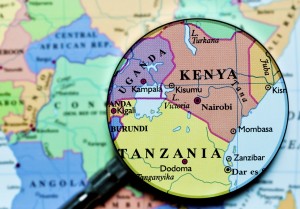
I, Jon Murphy – GoGeomatic’s intrepid Managing Director, am in Kenya having a look at how Canadian geomatics technology is being deployed in East Africa. The G-Locate team in Ottawa asked me if I wanted to visit their partner Rivercross in Africa and of course I said – Yes!
Rivercross is deploying G-Locate’s cargo tracking solution in the East African market and I’ve come to have a look at how they do it. I’ve jumped at the chance to explore one of worlds emerging markets for geomatics technology and am spending two weeks in Kenya visiting Rivercross and and it’s clients. (I’m also going on Safari.)
G-Locate Technologies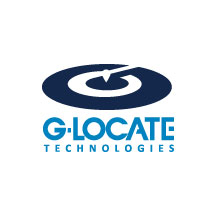
G-Locate is a young Canadian geomatics company started in Ottawa by David Gachuche (University of Calgary geomatics graduate) in 2012. With the help of investment from TECTERRA, G-Locate has built a Canadian cargo tracking solution which allows customers to manage and secure cargo containers, trucks, and all types of commercial vehicles. This technology works hand in hand with fleet management solutions comprising both hardware and software. In my next article I will take a closer look at the technology and the team deploying it here in Africa, but for now let me set the scene in East Africa.
The Opportunity & Rivercross
Rivercross is the G-Locate re-seller in Kenya and East Africa. They are tracking over 7,000-10,000 vehicles and/or their cargo at any given time. Much of the cargo enters Africa from Mombasa, the largest port in the region. The Kenyan port of Mombasa is an essential part of a large transportation network for landlocked countries like Uganda, Burudi, and Rwanda.
While the Kenyan economy, and East Africa economy in general slowed in 2014, due to a sharp drop in tourism following terrorist attacks in the region, things are picking up again. Overall Kenya’s GDP growth is expected to amount to 6.5% and 6.3% in 2015 and 2016. Areas of growth include the transportation sector and it’s that market which is using Canadian location technology to track, secure, and manage assets across East Africa.
Matatu Fleet Management in Kenya:
In Kenya, matatu, are private mini-buses that ferry people to and from destinations throughout the country. As of 2014, there are more than 100,000 individual matatu in Kenya. They are the equivalent of our city buses in Canada but are privately held buses run as a business. I had a chance to meet with matatu owners in Nairobi to discuss how they are using geomatics.
Matatu compete with each other on routes for passengers. The first matatu to the bus stop gets the passengers. This means there is an incentive to drive faster and take short cuts to reach passengers waiting for a ride. The Kenyan National Transport and Safety Authority (NTSA) in a recent report said that 2,357 Kenyans died in 2015, compared to 2,251 in 2014, in accidents indicating an increase of 4.2%.
In order to lower the amount of accidents the government has implemented new regulations requiring matatu install vehicle tracking and speed governance systems. The speed governors on the engines ensure the matatu buses should only be ever able to reach a top speed of 80 km an hour. However, some mutatu have been disabling the speed governors so they can drive faster.
By installing a vehicle tracking system Rivercross can monitor in real time mutatu speeds. If a bus violates the speed rules the monitors at Rivercross can disable the engine when it next comes to a safe stop. The system is in early adoption stage in Kenya but after contact with the NTSA and the owners of the matatu’s wider adoption looks likely.
Trucking & Cargo Tracking
Kenya is the gateway to East Africa. It’s by far the largest economy and the most industrialized country in the region. Three of the Eastern Africa market’s are landlocked nations which depend on Kenya for the transportation of their exports and imports that go by road and sea.
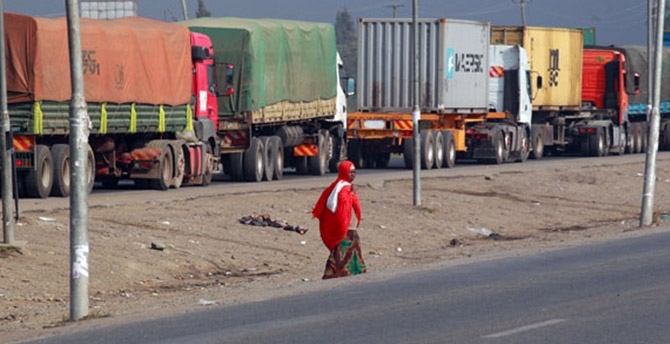
A few days ago I traveled to Mombassa to visit Transeast. They are one of the transportation companies using the Canadian G-Locate hardware to meet the new Kenya Revenue Authority (KRA) standards for securing cargo. Transeast has been in operation since 1990 and has recently grown to a fleet size of over 130 trucks. Their operations are spread over East Africa and they have operational bases in Kenya, Uganda, Tanzania and DRC. Without the G-Locate hardware Transeast would not be able to transport certain goods as E-lock systems that monitor cargo moving across borders are required.
Why the KRA Wants Cargo Tracked
in 2010 the Kenyan market for cargo tracking exploded when the KRA implemented a policy whereby all goods entering the country needed to be tracked and secured using an Electronic Cargo Tracking System (ECTS). This was done to ensure goods transiting through the country paid the duties and taxes on those goods. How duties and taxes relates to location based services and geomatics is not obvious so let me explain.
In some cases importers would declare cargo entering the port of Mombasa, Kenya destined for Uganda. This means no duties or taxes are imposed entering the port at Mombasa but are collected when the cargo reaches Uganda. However, in some cases the cargo never reaches Uganda and disappears into the Kenyan market without paying any duties. This is a huge loss to the KRA (and the people of Kenya) as they never collected duties on goods bound for the Kenyan marketplace. To combat this the KRA, in collaboration with countries like Uganda, instituted a policy of requiring an ECTS like the one offered by G-Locate on all cargo.
The ECTS system is attached to the cargo containers entering Kenyan ports. An inspector certifies the goods have arrived and they are secure. The ECTS helps ensure cargo containers will not be opened until the final declared destination. If the cargo with ECTS is tampered with the system transmits the location of the cargo to the monitors and that a breach has occurred. The monitor can contact the driver to see what the situation is with the cargo and take action as necessary.
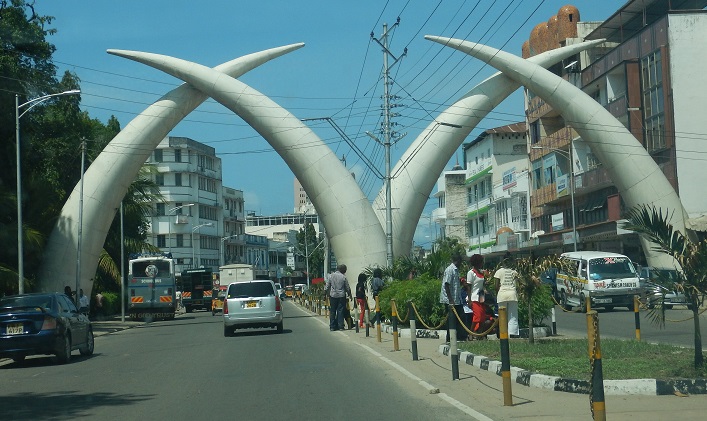
The tracking and securing of cargo is being widely adopted in East Africa and other countries in Africa are implementing similar systems or following closely. G-Locate is receiving calls from companies across Africa asking them how their system could be implemented in home markets. If your compnay is interested in becoming a re-seller of this technology please get in touch with me. Contact details below.
Huge Potential In Africa for Geomatics
The opportunity for geomatics in Africa is becoming apparent and G-Locate in Canada, along with its African partners, is well placed to help customers with location based solutions.
In the coming weeks I will share more articles based on my discussions and meetings with geomatics service providers and users in East Africa.



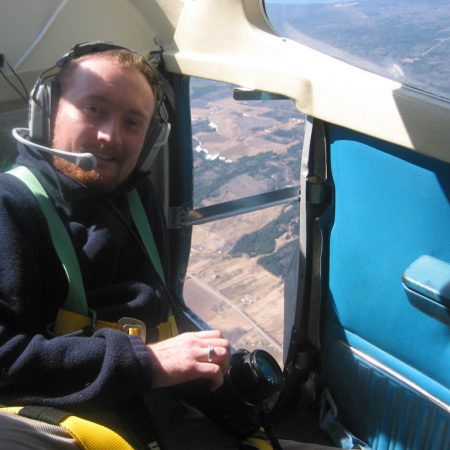
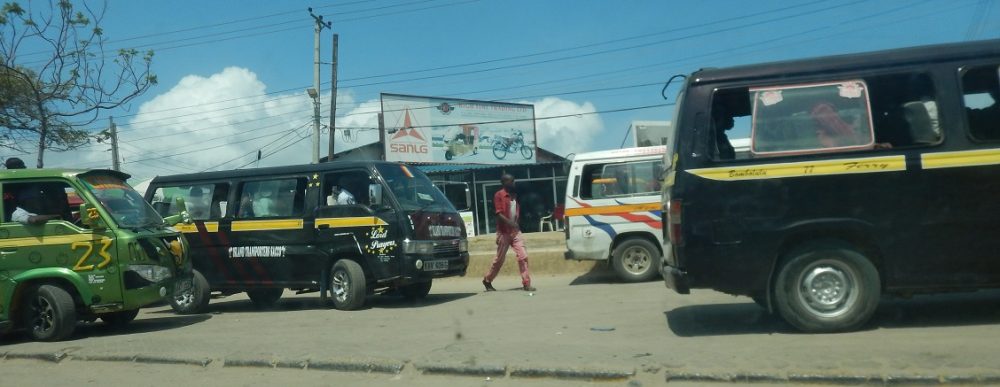
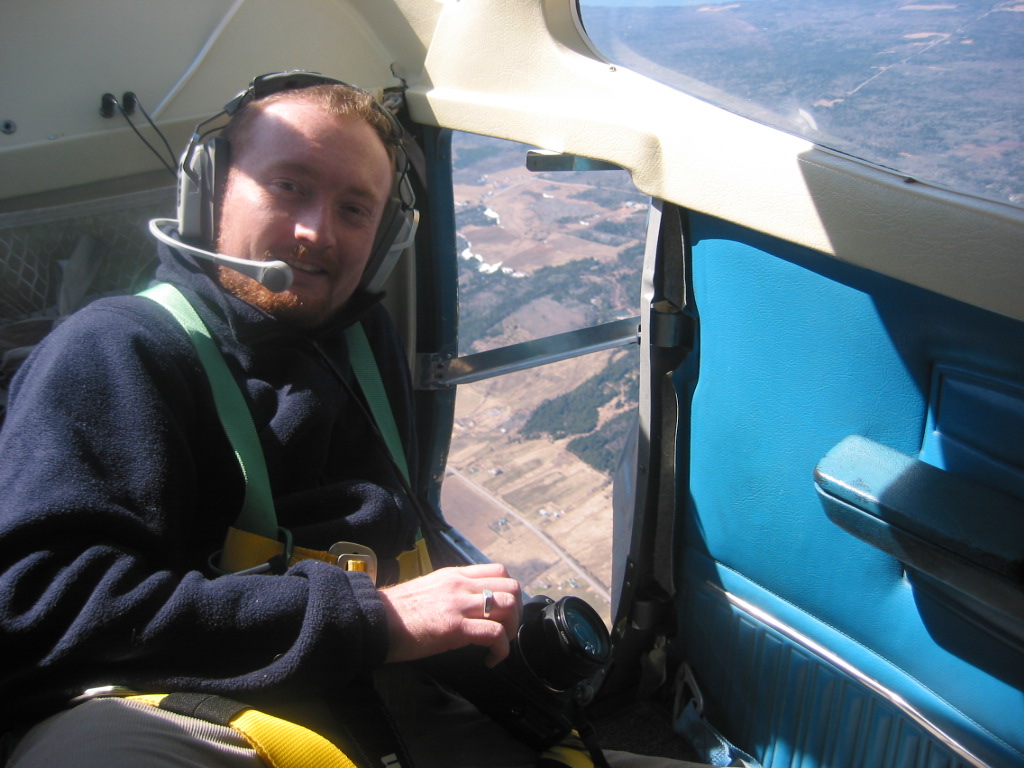
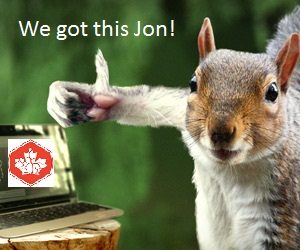



Jon: your article reminded me of a project I was involved in back about 20 years ago in Kenya. We were in the early days of AVL and GIS so we had some technical restrictions, for sure. Our project was helping the Park rangers track tourist operators vehicles as they entered the park areas and give them a heads up for responding to emergency situations. We used radio based modems to transmit data and a GIS at HQ to receive and map the data. The radios also were used for communication and were chosen because they already had them installed in their vehicles. Canadians (Geomatics) have a long history in Kenya as well as supporting them through education. Several of my UNB classmates were from Kenya and others from African countries in the region.
Nice to see that our export potential is being realized.